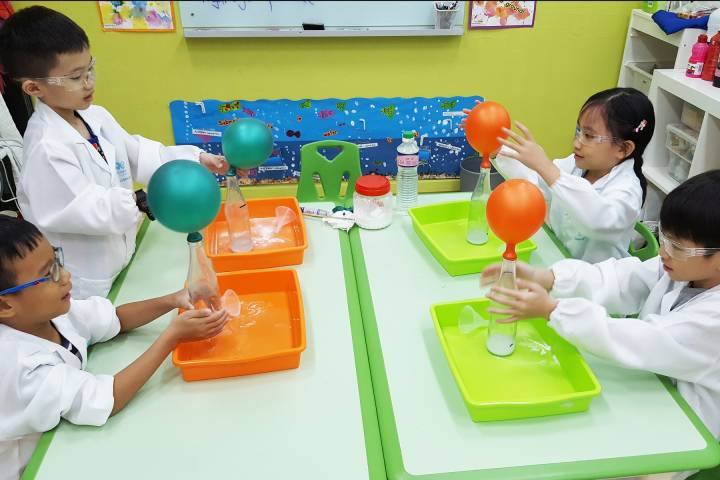Mathematical, technological, and scientific disciplines. These aren’t just academic disciplines; they are essential to innovation and progress in both the present and the future. There has never been a better opportunity for your child to take advantage of STEM education’s numerous benefits and to be a part of it all.
In this post, we’ll break down some of the primary advantages of science enrichment classes, demonstrating how STEM education not only prepares kids for future careers in STEM fields but also equips them with the knowledge and abilities they need to succeed in their short-term educational goals.
Problem-solving and perseverance are obvious in STEM:
Deep-seated problem-solving abilities are essential to a child’s growth. Problem-solving stimulates the intellect while developing discernment, allowing a youngster to make sound choices about whether to devote their time, money and other resources to the issues they encounter in the outside world.
Resilience is a vital trait that discernment helps develop. Each of us reaches a time in our life when we realize we cannot handle every issue we encounter. It is advantageous to prepare children early for the emotions that accompany this understanding. Failure is a necessary and unavoidable component of everyone’s success.
In STEM science classes for kids, they allow students the freedom to address problems by taking calculated risks and running experiments in a controlled setting. Children learn that failure is to be expected and even welcomed when large aspirations are being chased through learning how to evaluate the world around them and make evaluations about what is occurring and why.
Through STEM, kids may successfully collaborate:
One thing that all of history’s greatest scientists and innovators have in common if you go a little deeper into their biographies, is that they never actually accomplished anything on their own.
Albert Einstein would not have done half of what he did without Mileva Mari, a brilliant mathematician and scientist in her own right who acted as the driving force and sounding board for some of his most significant work. Before that, Gottfried Wilhelm Leibniz, who was also advancing calculus, maintained a close relationship with the venerable Sir Isaac Newton. Great minds seldom think alone.
Collaboration is equally crucial for kids. Leading educators cite this as one of the reasons STEM education is revolutionary. Students learn how to comprehend their responsibilities in a project and how to scope their contributions by working closely with adults and other kids.
They also pick up the skill of utilizing their advantages. For instance, if a student is reluctant to do the experiments at first, possibly out of fear of the supplies or tools, they can take on a more significant role in taking notes, managing the project, and recording results.
STEM promotes pushing technological boundaries:
No technology has ever evolved because people have always adhered to its bounds. Technology innovation depends on the detection and testing of boundaries. When reconstructive surgery was considered to be witchcraft, a biplane would have appeared as foreign as E.T., and a mobile phone camera would have been completely absurd. But things change, and technological advancements are mostly to blame.
Students can get familiar with what is and is not feasible in STEM programs since they rely so heavily on a variety of tools and technologies. They can also come up with solutions to technical limitations and contribute to the development of those solutions. The argument that youngsters who are comfortable with technology are far more likely to progress it in the future is quite persuasive.
To get better in science, make sure you learn about and comprehend the fact that all scientific notions are founded on models or hypotheses. We create models and hypotheses to describe certain events to better comprehend the world around us via science. Kids need to immerse themselves in these notions and embrace them so that they may begin to think scientifically.



